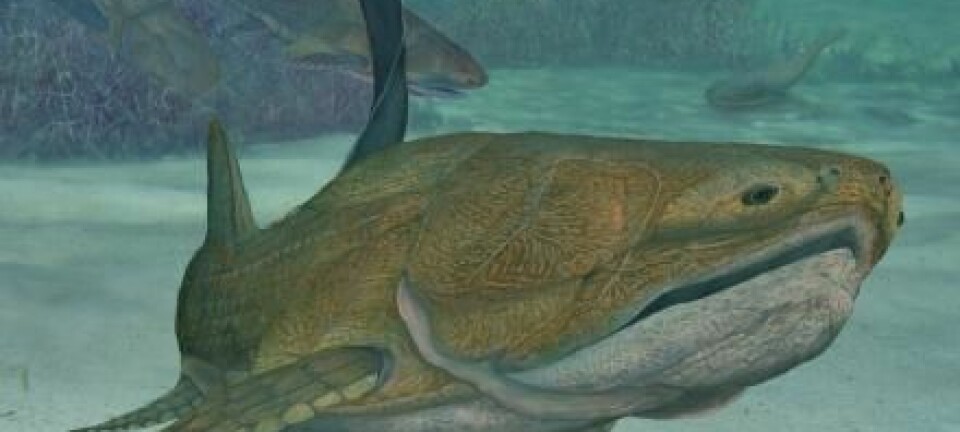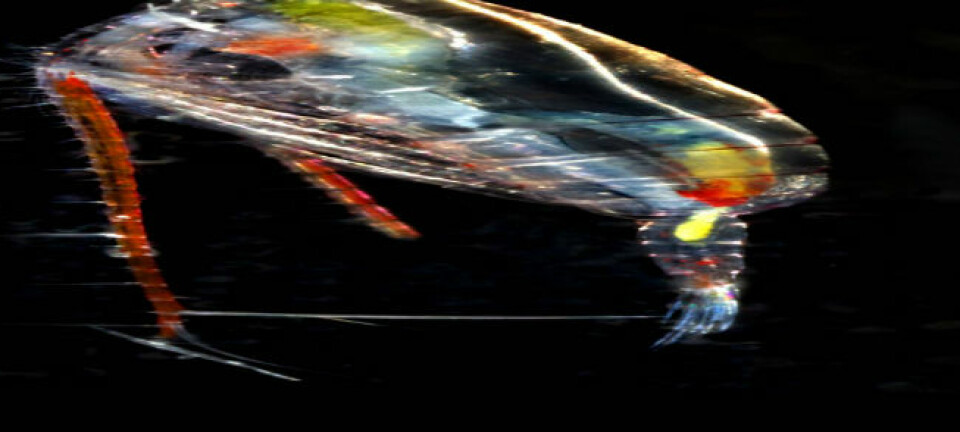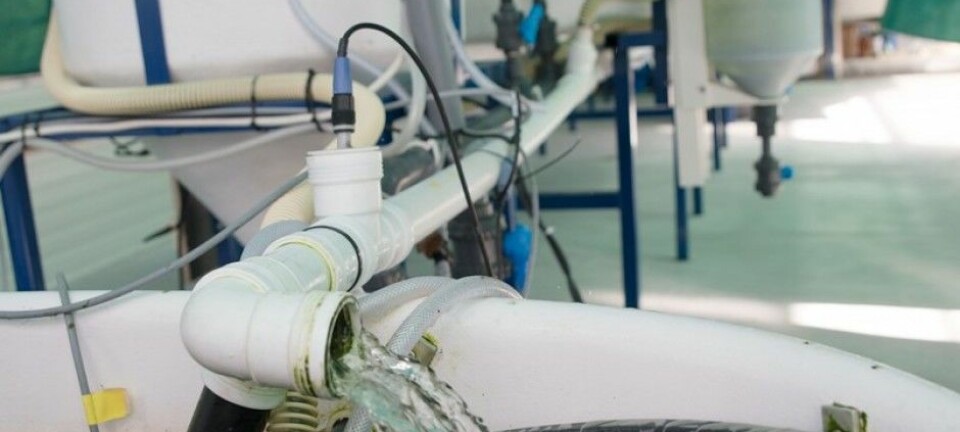
Giant skates almost extinct in Scandinavia
A new study shows that skates, sharks, and sturgeon are the most threatened fish in Europe.
With a wingspan over two metres, this large skate --the blue skate (Dipturus batis)--is an impressive sight.
But there are now fewer blue skate swimming through the waters of southern Scandinavia and a number of scientists warn that it is almost extinct in Denmark.
“It used to be normal to catch blue skate and people used skate hooks in Kattegat [the sea between Denmark and Sweden]. Today, the blue skate is almost extinct in Danish waters,” says Henrik Carl, a research associate at the Natural History Museum of Denmark, at the University of Copenhagen.
The blue skate is just one of many other examples of populations of large fish that are under pressure in Europe, which are described in a new study of 1,020 species of European fish.
And the prognosis is not good, especially for skate, sharks, and sturgeon.
“Large fish [longer than 1.5 metres in length] are at the biggest risk. Half of them are endangered, primarily sharks, skate, and sturgeon,” conclude the scientists in the study, which is published in the scientific journal Nature Ecology and Evolution.
“The study is very discouraging”
The study shows that fish in the Mediterranean are at the highest risk, but fish further north are also under threat.
According to Carl, there are 14 species of shark and 13 species of skate registered in Danish waters, and just two species of sturgeon—these fish live in Danish waters, but do not breed there.
“The study is very discouraging. It shows, unfortunately, with all too much clarity that many species of fish are in decline,” says study co-author Steen Wilhelm Knudsen, a postdoc at the Natural History Museum of Denmark, University of Copenhagen.
But for scientists working in the field, the results come as no surprise.
According to Professor Henrik Gislason from the Department for Aquatic Resources at the Technical University of Denmark, there has been a deterioration of the ocean’s populations of large predators in recent decades.
“Large fish are under pressure for many reasons,” says Gislason. “Many of them reach sexual maturity late, so it can take many years before they’re able to recruit the next population [i.e. mate and produce enough offspring to stabilize the stock]. At the same time, large fish are high up the food chain and they don’t have many natural enemies. So they are adapted to a very low mortality in the adult population, and therefore it only requires a small change in fishing intensity before it has an impact on the population.”
Fisheries threaten large fish
According to Gislason, fisheries are one of the main reasons why large skates are no longer caught in Danish waters.
“In the interwar period, people ate skate and Danish fisheries targeted them directly. Today, skate has almost disappeared from Danish waters. They have also nearly vanished from the North Sea and the Irish Sea. It’s difficult to say with 100 per cent certainty why this has happened, but fisheries are probably a powerful influence. Perhaps not so much direct fishing, but more the bycatch,” he says.
This means that skate end up in fishing nets by accident. Gislason suggests that other species of Danish skates and sharks are also under pressure due to being caught this way.
“Stocks of species such as the porbeagle [a type of mackerel shark], which has been fished directly, have significantly reduced. The same applies to the picked dogfish [a type of dogfish shark], which have also been targeted directly in fisheries,” he says.
Take care of the ocean’s predators
Carl agrees that fishing has led to reductions in European populations of sharks, including the porbeagle and picked dogfish.
“We had a much bigger porbeagle fishery in the North Sea, and the porbeagle have declined heavily. Now, porbeagle and picked dogfish are protected in the EU and this has perhaps helped the populations a little, but it’s difficult to accurately determine [how much],” says Carl.
He emphasises that sharks in general are threatened the world over, for many reasons. For example, they are caught exclusively because of the commercial value of their fins, which is used as an ingredient in soup in Asia. The new study also describes how European sharks and other fish are also under pressure due to climate change, which can change their living conditions and food sources.
“As consumers, we can help sharks by not requesting shark at your local fishmonger. And if you are abroad, don’t order the shark fin soup,” says Carl.
---------------------------
Read more in the Danish version of this story on Videnskab.dk
Translated by: Catherine Jex








